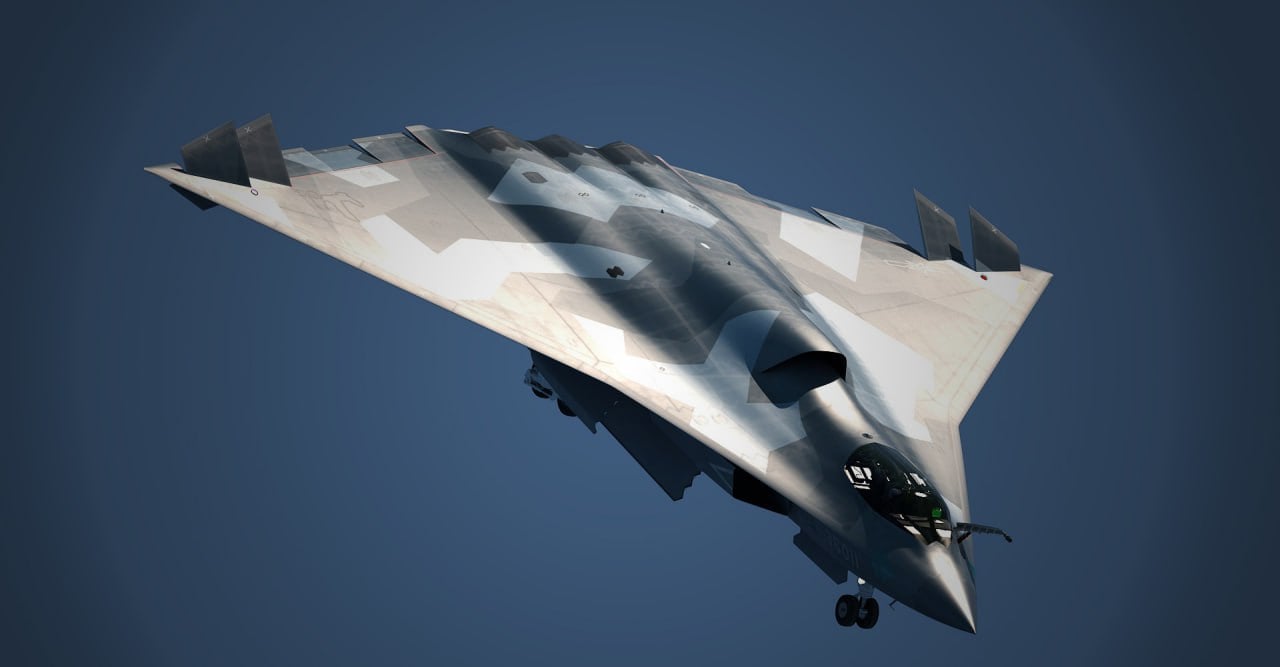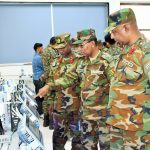In the realm of modern warfare, stealth technology has revolutionized aerial combat. The ability to evade radar detection is no longer a luxury but a necessity for advanced fighter jets. This article delves into the four stealthiest fighter jets currently in operation, examining their unique features, capabilities, and the technology that makes them formidable in the skies.
Understanding Stealth Technology
Stealth technology encompasses a range of techniques designed to make aircraft less detectable by radar, infrared, and other detection methods. The primary goal is to reduce the radar cross-section (RCS), which is a measure of how detectable an object is by radar. A smaller RCS indicates a lower likelihood of being tracked by enemy systems.
Key Components of Stealth
- Shape and Design: The aircraft’s shape is crucial in deflecting radar waves away from the source. Angled surfaces and unique contours help scatter radar signals.
- Materials: Radar-absorbing materials (RAM) are used to coat the aircraft, converting radar waves into heat rather than reflecting them back.
- Engine Design: Advanced engine designs minimize infrared signatures, making it harder for heat-seeking missiles to lock on.
Also Read: 10 Best Fighter Jets in the World 2025
The Four Stealthiest Fighter Jets
1. Lockheed Martin F-22 Raptor
Estimated RCS: ~0.0001 m²
Everyday Object Equivalent: Small marble
The F-22 Raptor stands as the pinnacle of stealth technology. Developed by Lockheed Martin, this fifth-generation fighter jet is designed for air superiority and ground attack missions. Its unique design features, such as planform alignment and advanced RAM coatings, contribute to its exceptional stealth capabilities.
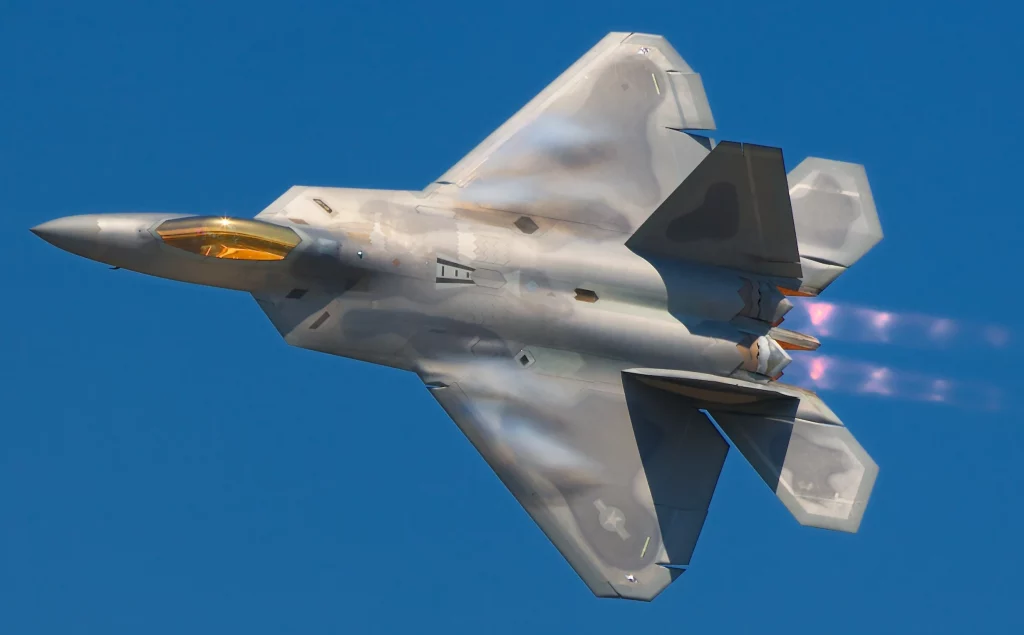
Key Features
- Planform Alignment: The F-22’s wings and body are designed to reflect radar waves away from the source, significantly reducing its radar signature.
- Thrust Vectoring: This technology enhances maneuverability and helps reduce infrared detection by dispersing engine heat.
- Internal Weapons Bay: By carrying weapons internally, the F-22 avoids the radar reflections associated with external munitions.
2. Lockheed Martin F-35 Lightning II
Estimated RCS: ~0.0015–0.005 m²
Everyday Object Equivalent: Golf ball to dinner plate
The F-35 Lightning II, also developed by Lockheed Martin, is a multi-role stealth fighter designed for various missions, including ground attack and intelligence gathering. While not as stealthy as the F-22, it incorporates advanced technologies that make it a formidable opponent.
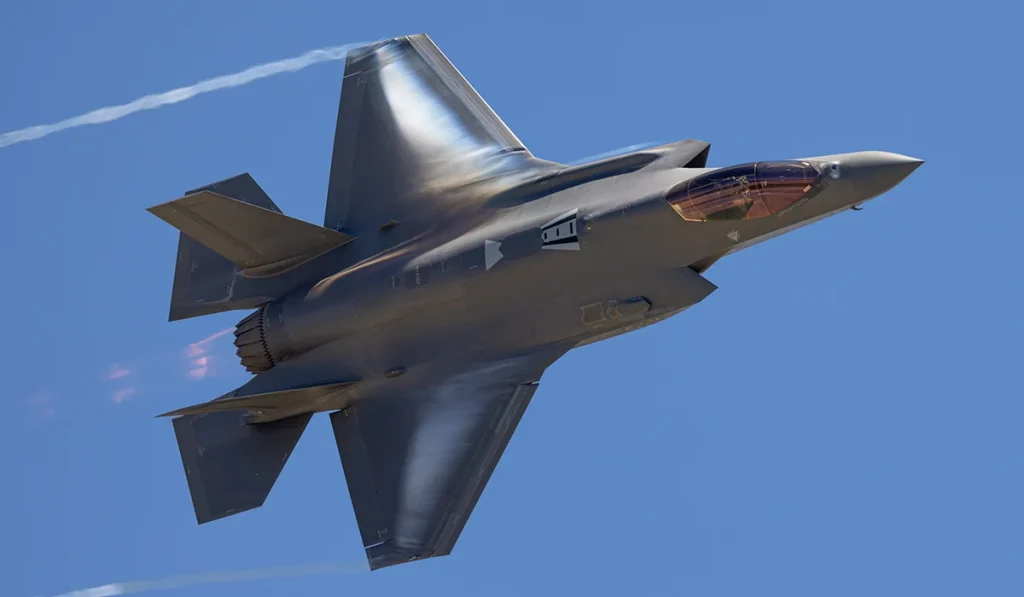
Key Features
- Stealthy Shape: The F-35’s design minimizes radar reflections, with sharp edges and a smooth fuselage.
- Integrated RAM: Unlike the F-22, the F-35 uses RAM as part of its composite skin, enhancing durability and stealth.
- Advanced Sensors: The F-35 is equipped with cutting-edge sensors that provide situational awareness and target acquisition, making it effective in combat.
3. Chengdu J-20 Mighty Dragon
Estimated RCS: ~0.05 m²
Everyday Object Equivalent: Baseball
China’s Chengdu J-20 is a fifth-generation stealth fighter that emphasizes long-range capabilities. While its radar signature is larger than that of the F-22 and F-35, it still represents a significant advancement over older fighter designs.
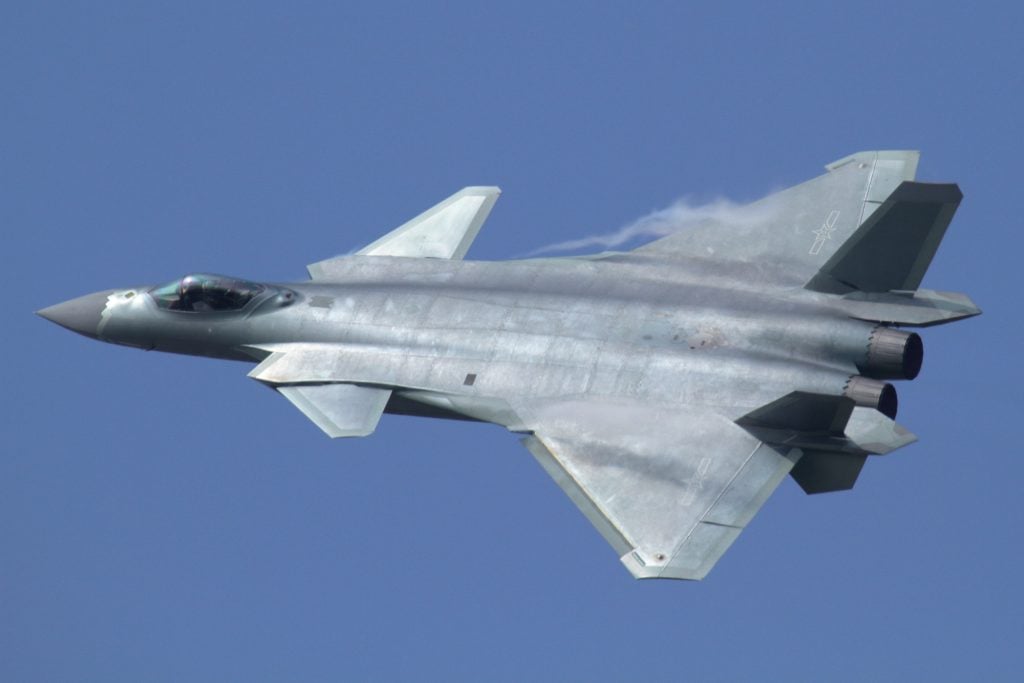
Key Features
- Diverterless Supersonic Intakes: These intakes help shield the engine from radar detection while maintaining high-speed performance.
- Internal Weapons Bay: Similar to its American counterparts, the J-20 carries weapons internally to maintain its stealth profile.
- Advanced Engine Technology: The J-20 is expected to incorporate next-generation engines that improve its infrared signature management.
4. Sukhoi Su-57 Felon
Estimated RCS: ~0.1–1 m²
Everyday Object Equivalent: Soccer ball to beach ball
The Sukhoi Su-57 is Russia’s flagship stealth fighter, designed to compete with the F-22 and F-35. While it employs stealth features, its design philosophy differs, focusing on agility and versatility.
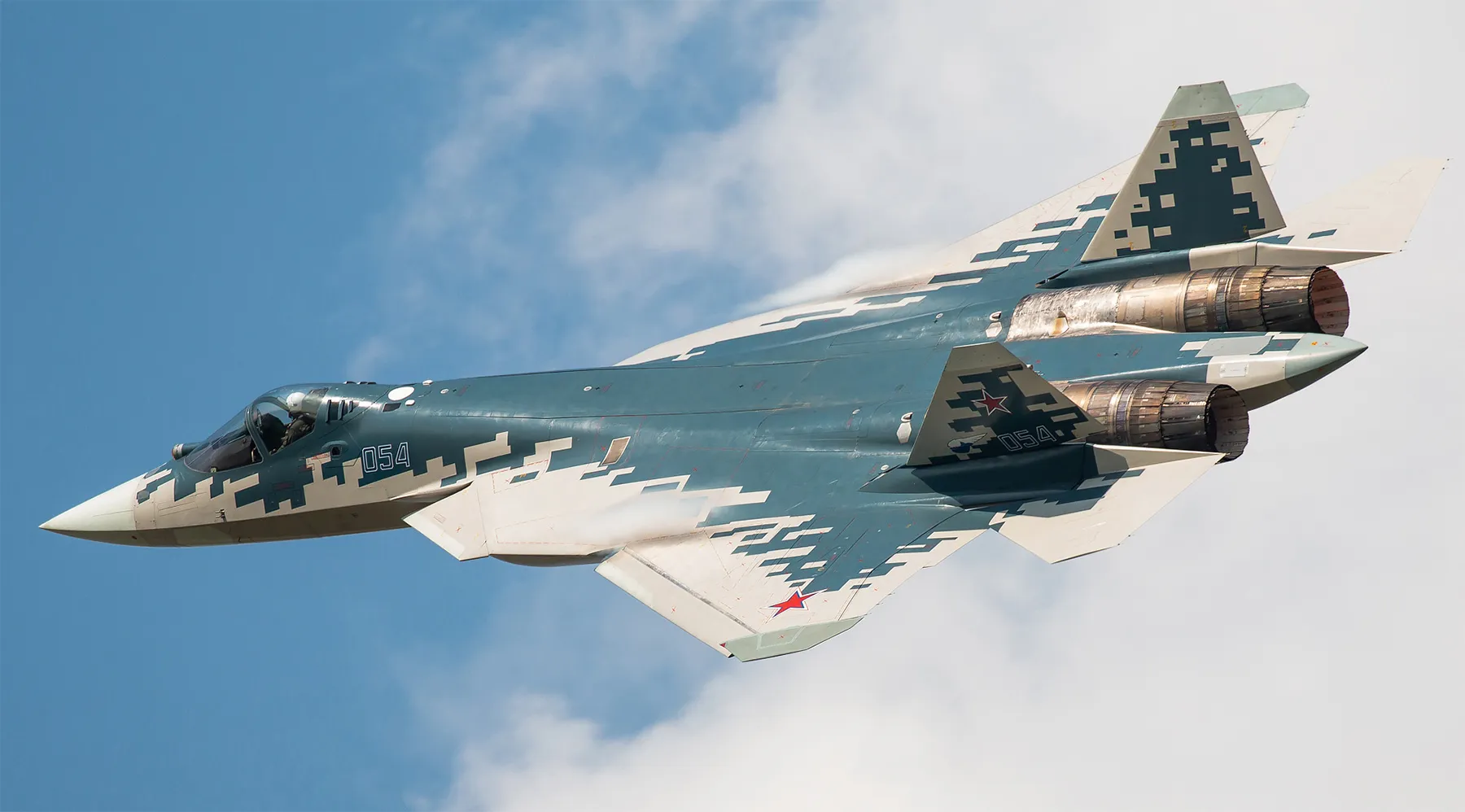
Key Features
- Canted Tail Surfaces: These surfaces help reduce radar reflections from the rear of the aircraft.
- Internal Weapons Bay: The Su-57 also features an internal weapons bay, allowing it to carry munitions without compromising its stealth profile.
- Advanced Maneuverability: The Su-57’s thrust vectoring capabilities provide exceptional agility, making it effective in dogfights.
Comparative Overview of Stealthiest Fighter Jets
| Aircraft | Estimated RCS (m²) | Everyday Object Equivalent |
|---|---|---|
| Lockheed Martin F-22 | ~0.0001 | Small marble |
| Lockheed Martin F-35 | ~0.0015–0.005 | Golf ball to dinner plate |
| Chengdu J-20 | ~0.05 | Baseball |
| Sukhoi Su-57 | ~0.1–1 | Soccer ball to beach ball |
The Future of Stealth Technology
As military technology continues to evolve, the race for stealth superiority is far from over. Countries around the world are investing in next-generation fighter jets that promise even greater stealth capabilities.
Emerging Technologies
- 6th Generation Fighters: Programs like the U.S. Next Generation Air Dominance (NGAD) and the UK’s Tempest are set to redefine aerial combat with enhanced stealth, artificial intelligence, and drone teaming capabilities.
- Improved Materials: Ongoing research into advanced materials will likely yield even more effective RAM and coatings, further reducing radar signatures.
- Electronic Warfare: Future aircraft will incorporate sophisticated electronic warfare systems to disrupt enemy radar and communications, enhancing their survivability.
Conclusion
The stealthiest fighter jets represent the cutting edge of military aviation technology. With their advanced designs and capabilities, these aircraft are not only crucial for national defense but also serve as a testament to human ingenuity in overcoming the challenges of modern warfare. As nations continue to innovate, the landscape of aerial combat will undoubtedly evolve, making the pursuit of stealth a never-ending endeavor.
FAQs
1. What is the importance of stealth technology in modern warfare?
Stealth technology allows aircraft to evade detection, making them more effective in combat and reducing the risk of being targeted by enemy defences.
2. How does radar cross-section (RCS) affect an aircraft’s stealth?
A smaller RCS indicates a lower likelihood of detection by radar systems, enhancing the aircraft’s survivability in hostile environments.
3. Are there any new stealth fighter jets in development?
Yes, several countries are developing next-generation stealth fighters, including the U.S. NGAD program and the UK’s Tempest.
4. How do stealth fighters manage their infrared signatures?
Stealth fighters use advanced engine designs and cooling techniques to minimize heat emissions, making it harder for infrared sensors to detect them.
5. What role do internal weapons bays play in stealth?
Internal weapons bays allow aircraft to carry munitions without exposing them to radar, maintaining a lower radar signature compared to external hardpoints.

